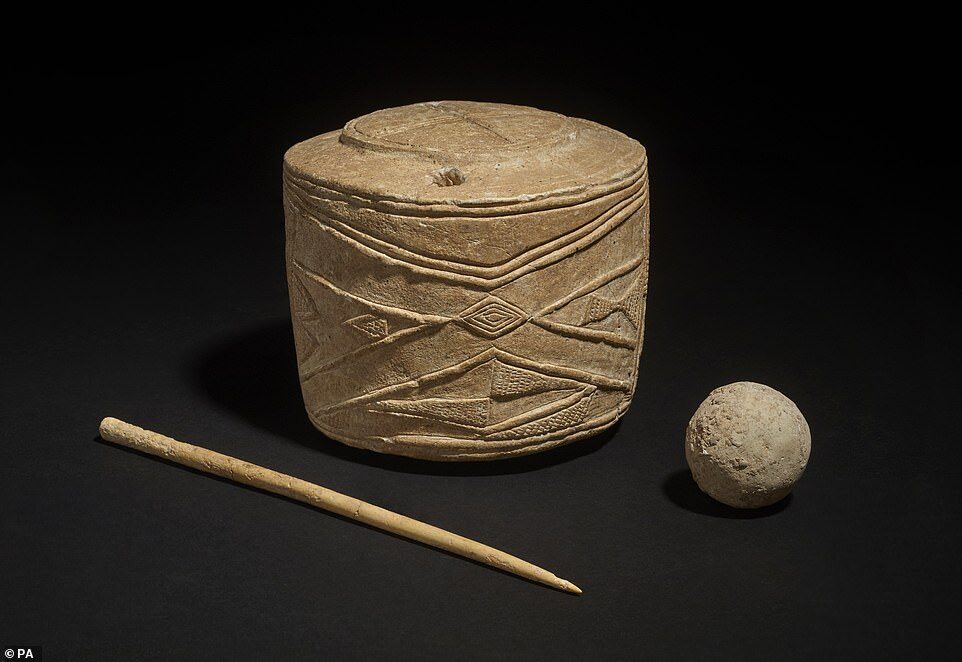
The 5,000-year-old grave holding three children, buried in an embrace with the eldest child holding the two youngest — whose hands were also touching — was unearthed in 2015 in Burton Agnes, in East Yorkshire.
Archaeologists also discovered a carved stone drum, a chalk ball and a polished bone pin, with the 'talismanic' drum in particular being celebrated for its significance.
Seemingly created as a sculpture or talisman rather than a functional musical instrument, the object is one of only four known examples from a time when Stonehenge was only just starting to be built.
Comment: There's good reason to believe that Stonehenge is actually thousands of years older.
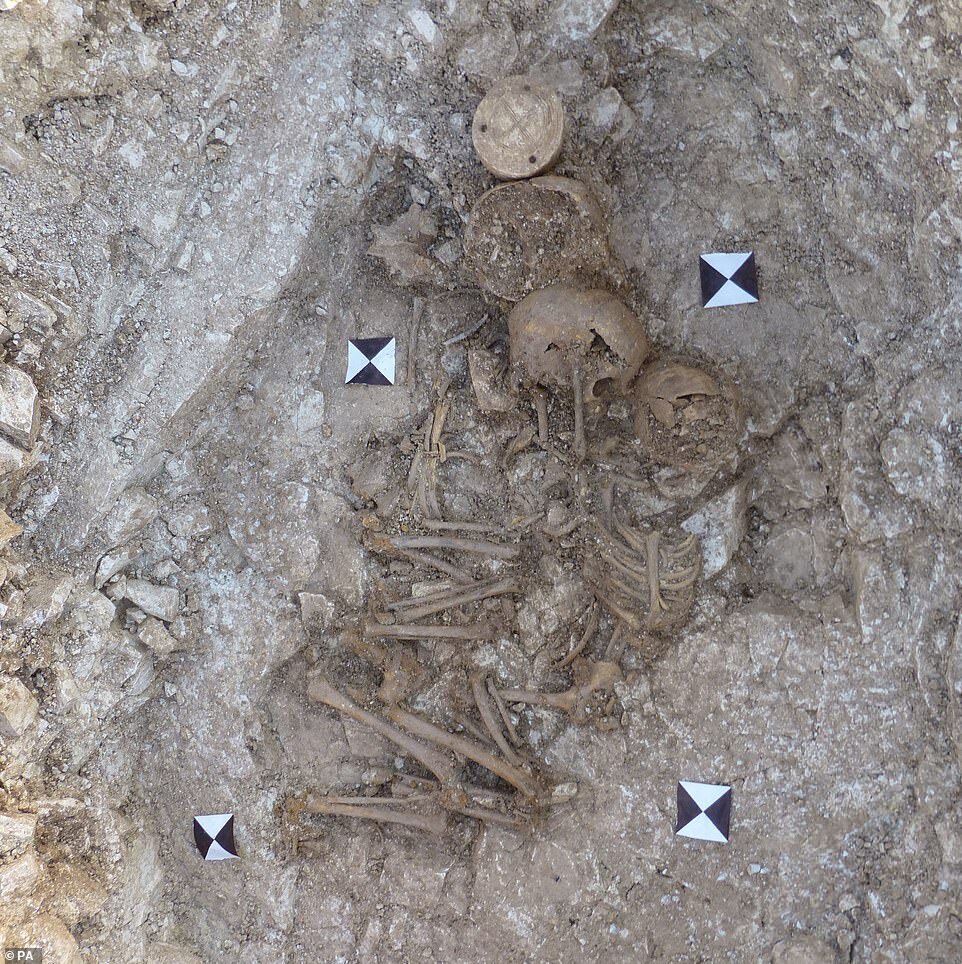
'The discovery of the Burton Agnes grave is highly moving,' he added.
'The emotions the new drum expresses are powerful and timeless, they transcend the time of Stonehenge and reflect a moment of tragedy and despair that remains undimmed after 5,000 years.'
The curator said that while human sacrifice as a cause of death was possible, it was unlikely due to the personal nature of the burials.
Archaeologists have found very few burials from this period in British history, with the exception of a handful of graves containing children. Adults at this time are thought to have been cremated.
'There is something protective about these objects. It is almost like they are protecting the vulnerable young child,' he told The Times.
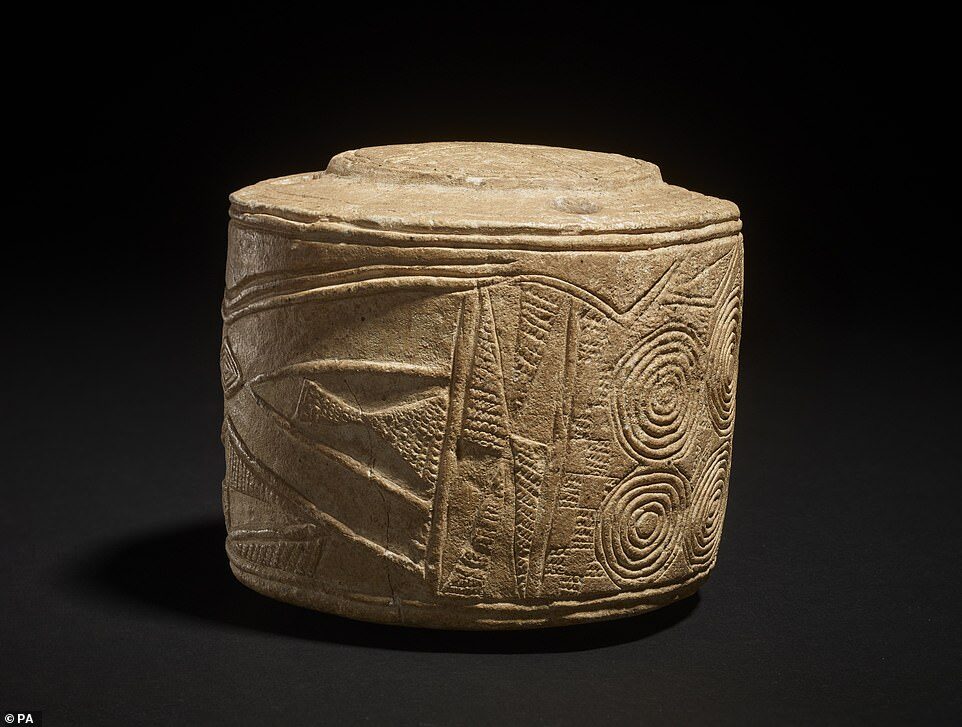
Wilkin added: 'We have been waiting 150 years for a new object like this to come up.'
The 5,000-year-old drum carved from chalk is set to go on display from February 17 for the first time in a major exhibition at the British Museum.
Extensive research into the drum confirmed it is one of the most significant ancient objects ever found in the British Isles, the museum said.
'This is a truly remarkable discovery, and is the most important piece of prehistoric art to be found in Britain in the last 100 years,' said Wilkin,.
The drum is 'one of the most elaborately decorated objects of this period found anywhere in Britain and Ireland', and its style echoes that of objects from Stonehenge and related sites, the museum said.
It was found alongside the grave of the three children who were buried close together, touching or holding hands. The drum was placed just above the head of the eldest child, accompanied by a chalk ball and a polished bone pin.
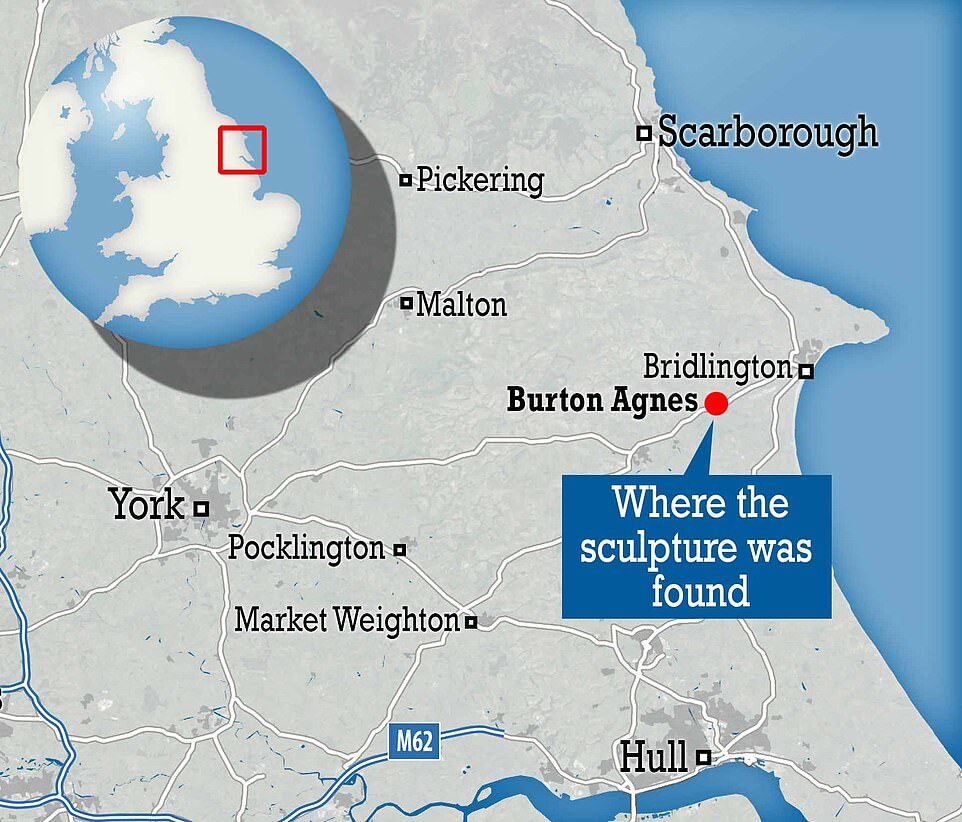
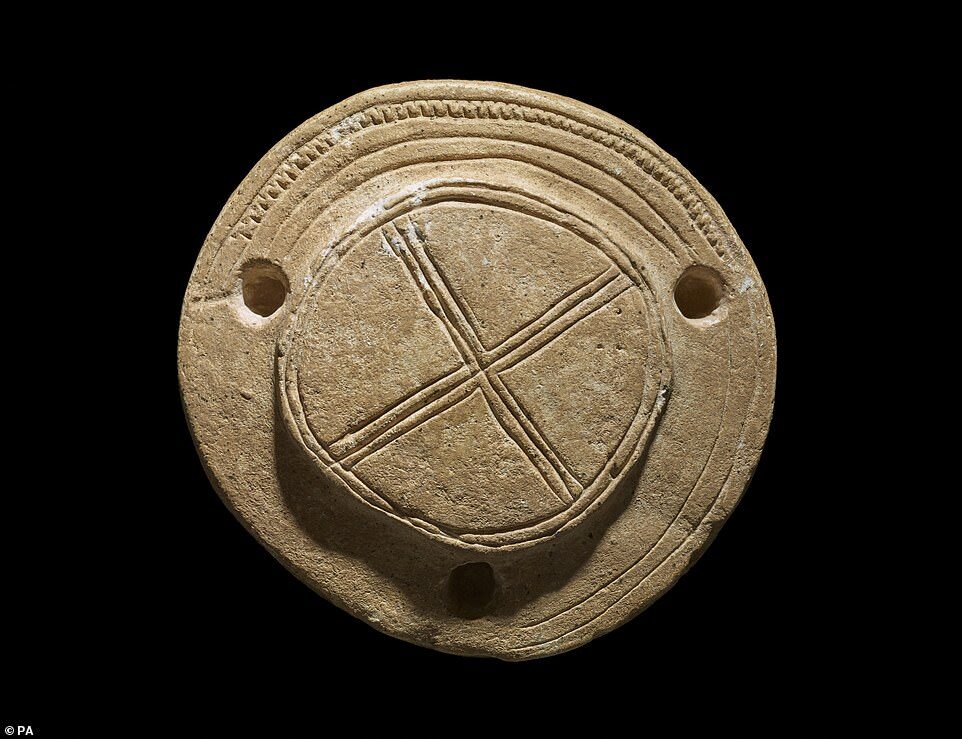
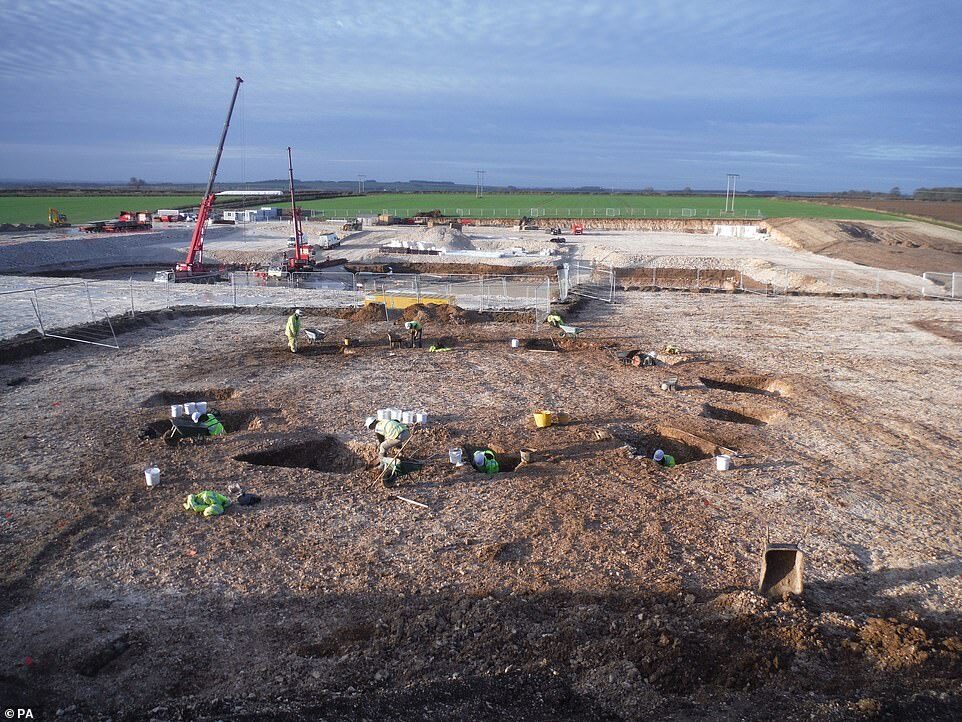
This suggests that communities across Britain and Ireland shared 'artistic styles, and probably beliefs, over remarkable distances', the British Museum said.
'Analysis of its carvings will help to decipher the symbolism and beliefs of the era in which Stonehenge was constructed,' said Wilkin.
The British Museum's collection includes a group of three similar drums found in 1889 at the burial site of a single child around 15 miles (24 kilometres) away from the latest find.
The museum describes these three, known as the Folkton Drums, as 'some of the most famous and enigmatic ancient objects ever unearthed in Britain'.
Radiocarbon dating has revealed they were created at the same time as the first phase of construction of Stonehenge, between 3005 and 2890 BC.
Alice Beasley, who first uncovered the drum as Project Archaeologist for Allen Archaeology, said: 'Discovering the chalk drum was a thrilling and humbling experience.
'Seeing the love and effort put into burying the individuals over 5,000 years ago was truly moving.'
All the objects are due to be put on display in the British Museum's 'The World of Stonehenge' exhibition, which opens on February 17.
BRONZE AGE BRITAIN: A PERIOD OF TOOLS, POTS AND WEAPONS LASTING NEARLY 1,500 YEARS
The Bronze Age in Britain began around 2,500 BC and lasted for nearly 1,500 years.
It was a time when sophisticated bronze tools, pots and weapons were brought over from continental Europe.
Skulls uncovered from this period are vastly different from Stone Age skulls, which suggests this period of migration brought new ideas and new blood from overseas.
Bronze is made from 10 per cent tin and 90 per cent copper, both of which were in abundance at the time.
Crete appears to be a centre of expansion for the bronze trade in Europe and weapons first came over from the Mycenaeans in southern Russia.
It is widely believed bronze first came to Britain with the Beaker people who lived about 4,500 years ago in the temperate zones of Europe.
They received their name from their distinctive bell-shaped beakers, decorated in horizontal zones by finely toothed stamps.
The decorated pots are almost ubiquitous across Europe, and could have been used as drinking vessels or ceremonious urns.
Believed to be originally from Spain, the Beaker folk soon spread into central and western Europe in their search for metals.
Textile production was also under way at the time and people wore wrap-around skirts, tunics and cloaks. Men were generally clean-shaven and had long hair.
The dead were cremated or buried in small cemeteries near settlements.
This period was followed by the Iron Age which started around 650 BC and finished around 43 AD.
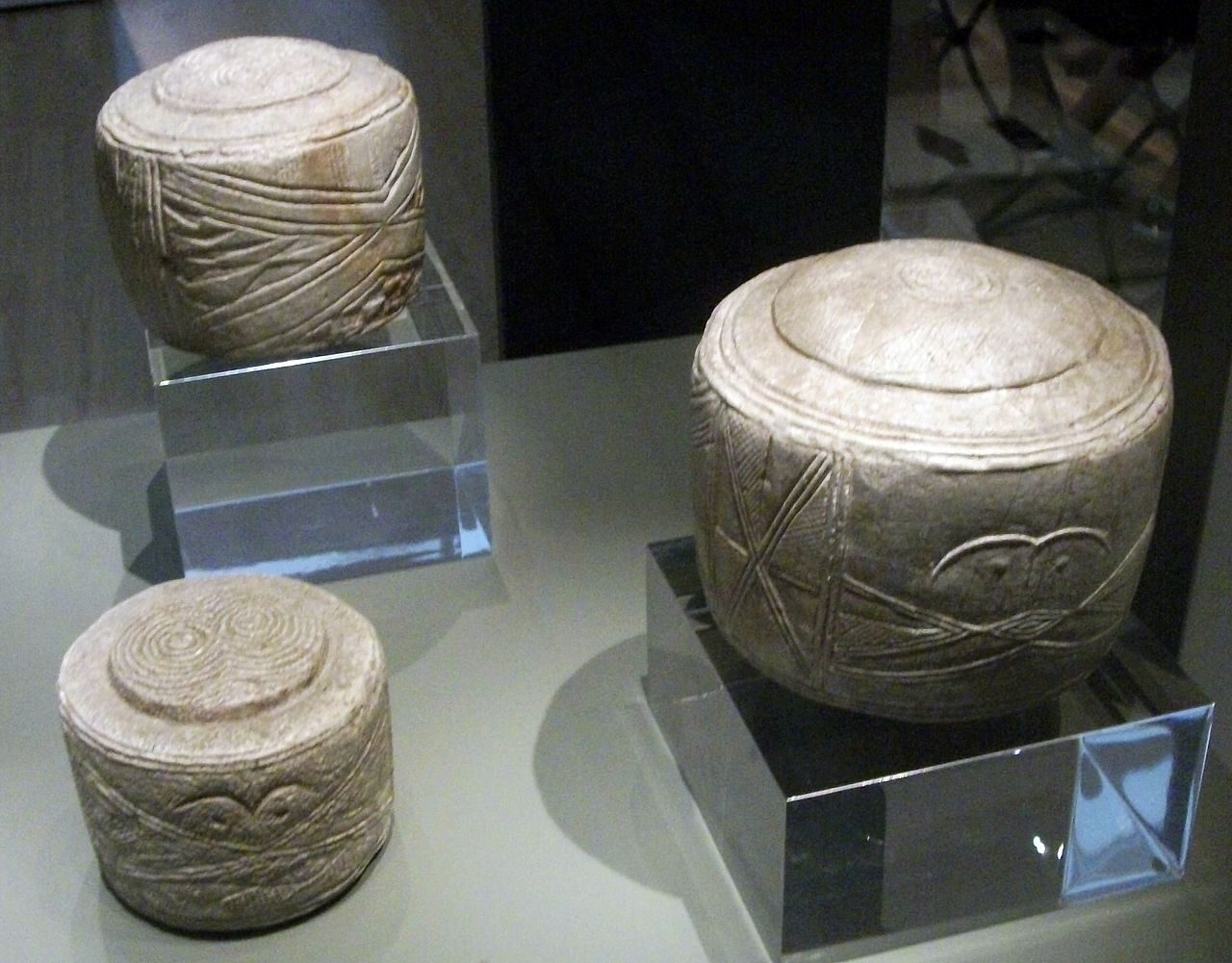



Comment: See also:
- The Seven Destructive Earth Passes of Comet Venus
- Bronze Age Britons were riddled with parasites but had the finest of fabrics
- Crannogs: Neolithic artificial islands in Scotland stump archeologists
- Brochs: Scotland's enigmatic Iron Age circular stone structures
- 26,000 year old, most northerly settlement of Palaeolithic era found on Kotelny island in the Arctic, evidence of butchered mammoth bones found
And check out SOTT radio's: